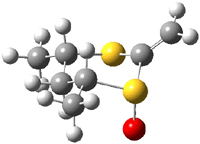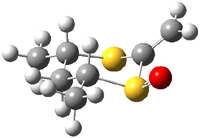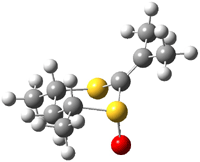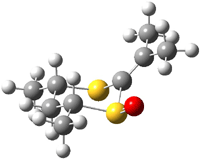I have recently finished reading Free: The Future of a Radical Price by Chris Anderson (buy it here). The premise of the book is that giving things away is not only a serious business plan, it might just be the only business plan for the new economy. I found the book interesting, but ultimately disappointing. All of the models that are in practice or ones he proposes rest upon analogy to the old Gillette razor blade model: give away the razor and sell the blades. The perhaps most successful modern example is giving away search services and browsers and email services all supported by ad placement (Google). Perhaps less successful universally, but certainly working for some, are those bands who give away songs and albums, hoping it leads to concert visits where fans will not just buy tickets but also t-shirts and other paraphernalia.
Giving away stuff is a nice idea, and in the field of science, particularly computational science, we have lots of examples, like free operating systems, free technical software, and free databases. But in reality they’re not truly free.
The problem ultimately is that money needs to be made somewhere; people got to eat and put a roof over their heads and get clothes and that requires real cash. So virtually all of the people developing the computational tools are being paid in some other way – say off of an NSF grant, or by the university or by their commercial employer. Or one produces some code in the hope that it attracts attention that can lead to real paying employment; one might think of this as “reputation payment” that might sometime soon be cashed in for real currency!
Now some stuff, and that can include valuable stuff, is produced truly for free. A great example are the thousands of people who contribute to Wikipedia in their free time. Those chemists who have volunteered to clean up wikipedia entries have done a great job (like this one on the recently infamous PETN) and they not only don’t get paid, they largely contribute anonymously – so they don’t even get a “reputation payment”. The same goes for the many contributors to ChemSpider. But this work is done piecemeal and infrequently and must by definition be a personal low priority because of the need to do work that puts cash in hand.
So, that leads me to ask the question “why Blog? especially why blog in chemistry?” Not an easy one to really figure out, because unless one is just doing it on a lark or very infrequently, the time necessary to blog in a serious way is quite an investment. One has to figure out how to make the blog pay off in some way. Given that our community has not adopted blogging as a means for publishing original research, though Henry Rzepa is attempting to push on this course of action (see his blog), blogging must serve some other purpose, and one that can either directly pay cash or directly raise one’s reputation.
So I’ll answer the question for myself. I blog not for altruistic reasons. While I hope that the blog provides solid information and leads people to interesting articles, that’s not why I do it. Rather the blog serves to meet two goals, both directly related to potential cash. First, the blog is an ongoing update of my monograph Computational Organic Chemistry and so the blog serves as both a way to make the book more valuable to its owners and as a great advertisement for the book – hopefully leading to continuing new sales (like right here!). Second, the systematic blogging builds up materials for a new edition of the book that I hope to begin serious work on in 2011. These blog posts will certainly help reduce the time I anticipate needing to invest in the revisions. I hope the next edition can be as successful as the first has been so far.
So, I’d really like to encourage more people to be creative about making chemical blogs viable. I enjoy many of my colleagues’ blogs, and I wish they would blog more often and that others would also step into the breach. I moved the blog and the book website off of the university campus not just to take advantage of the services that the web host provides (like back-up and 24/7 availability, etc.), but to allow for the possibility of making the sites more commercial – like by including fixed ads or Google ads. I haven’t done this because the blog is really self-sustaining right now, but this route might be a way for more people to think about starting their own blogs.
And I’d like to see more serious scientific blogging that acts to push the boundaries of how we can use this technology to enhance our scientific communication. Remember, we are the chemistry community and if enough of us make this technology our own, others will have to take it seriously and adopt new communication modes. Otherwise, we are stuck kowtowing to the whims and fears of publishers and scientists afraid of the new.








